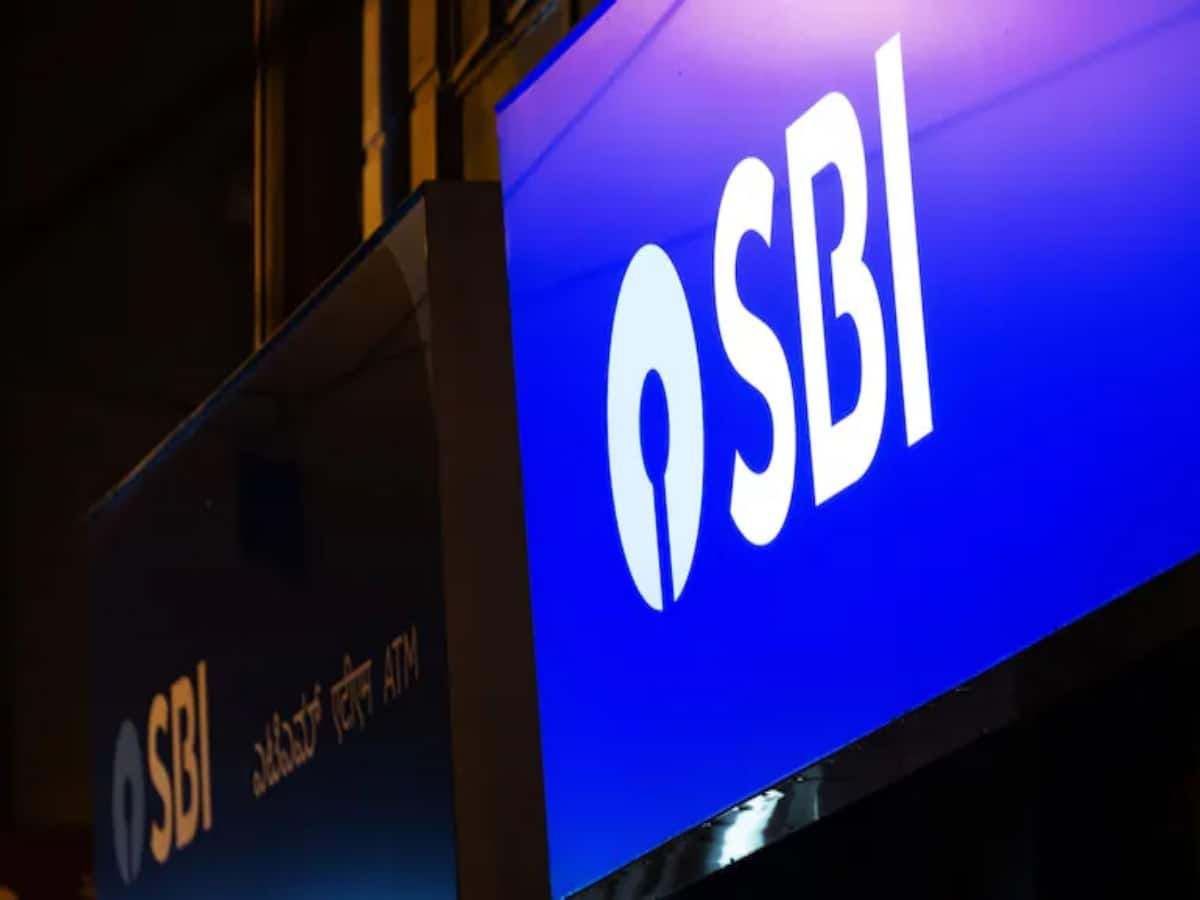In the fast-evolving landscape of Indian banking, the State Bank of India (SBI), the largest government-owned bank in the country, is implementing a pivotal financial strategy. As part of its recent initiatives to bolster its capital base and enhance its financial stability, SBI has announced plans to raise INR 5,000 crore through Additional Tier-1 (AT-1) bonds. This financial maneuver aims to comply with the Basel III regulations, which is crucial for the bank’s growth and sustainability in the competitive banking sector.
Details of SBI’s Fundraising Initiative
Understanding Additional Tier-1 Bonds
Additional Tier-1 bonds, also known as AT-1 bonds, are a form of hybrid debt instrument that banks can issue to raise capital. These bonds are essential for enhancing a bank’s capital structure while providing investors with higher interest rates, which reflects the additional risk associated with them. SBI’s decision to raise INR 5,000 crore indicates its commitment to strengthening its capital ratios and ensuring compliance with regulatory requirements.
Previous Fundraising Efforts
Before this initiative, SBI had already successfully raised INR 15,000 crore through Tier-2 bonds by September. This fundraising included a significant INR 7,500 crore raised in the previous month. The funds collected through these bonds are vital for meeting lending requirements, supporting various financial services, and enhancing overall customer offerings.
Impact on Financial Stability and Growth
Compliance with Basel III Norms
The successful issuance of AT-1 bonds will not only boost SBI’s Tier-1 capital ratio but also ensure compliance with Basel III norms, which are established international banking regulations designed to promote stability in the financial sector. By adhering to these regulations, SBI aims to enhance its capacity to absorb financial shocks, ultimately strengthening the bank’s resilience in the market.
Future Prospects for SBI
With these fundraising efforts, SBI is strategically positioning itself to manage potential risks and exploit growth opportunities in a challenging economic landscape. The additional capital will empower the bank to expand its lending operations and innovate new financial products, catering to an ever-evolving customer base.
Conclusion
SBI’s ability to raise INR 5,000 crore through Additional Tier-1 bonds will play a critical role in fortifying its financial position and supporting its growth ambitions. As the largest government sector bank in India, SBI’s proactive approach to capital management exemplifies its dedication to maintaining stability while driving forward in a competitive environment. Investors and stakeholders should keep a close eye on the outcomes of these fundraising initiatives, as they will undoubtedly influence SBI’s trajectory in the coming years.
